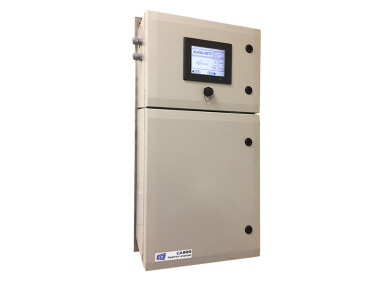Water/Wastewater
Monitoring Water Quality with State-of-the-Art Technology in Aftermath of Floods in Australia
Aug 09 2012
AB SCIEX (USA), a global specialist in life science analytical technologies, today announced that the University of Queensland is using AB SCIEX mass spectrometry technology to analyse how the devastating floods of 2011 have affected water quality in Australia. Ongoing concerns about water quality are fueling environmental monitoring efforts in the aftermath. Two of 12 AB SCIEX instruments installed at UQ are dedicated to this monitoring.
The floods in early 2011 had washed large amounts of debris into major water storage reservoirs. This pressured the water treatment infrastructure to its limits. It also caused residents in certain areas to boil water as a protective measure against contamination. Continual monitoring of water quality is necessary long after the worst of the flooding. Widespread contaminated floodwaters can have long-term ecological effects.
Scientists at the University of Queensland are using AB SCIEX technologies, including the QTRAP 5500 System, to obtain the most accurate information possible about how concentrations of contaminants have changed since the floods. The data is critical for public health officials to make decisions about the safety of the water and what action needs to be taken to facilitate the full extent of recovery from the intense flooding. Last year’s floods have been called the worst natural disaster to ever hit the state of Queensland, Australia.
“Recovery is a long process, and it requires intricate, reliable and ongoing monitoring,” said Jochen Mueller, Professor of Environmental Monitoring at the University of Queensland. “We are contributing to efforts to better understand what people, fish, animals and coral are potentially getting exposed to. LC/MS/MS technology from AB SCIEX is proving to be an ideal technology for analyzing the environment. AB SCIEX is also very helpful in providing service and support to allow us to pursue our goals.”
Beyond the floods, monitoring the Great Barrier Reef has additional consequences. UQ had discovered herbicides in unexpected places, including along the inshore reefs on the Great Barrier Reef, which is relatively far away from the agricultural areas where they are primarily applied. In response, UQ developed a monitoring mechanism for herbicides and is using AB SCIEX’s LC/MS/MS technology to conduct this analysis.
Among other uses of the many AB SCIEX systems at the university is the monitoring of illicit drugs in waste water. Scientists at the university are also using the TripleTOF 5600 system as part of research to sequence peptides from cone shell toxins in an effort to develop new painkillers.
Digital Edition
AET 28.2 April/May 2024
May 2024
Business News - Teledyne Marine expands with the acquisition of Valeport - Signal partners with gas analysis experts in Korea Air Monitoring - Continuous Fine Particulate Emission Monitor...
View all digital editions
Events
Jul 10 2024 Birmingham, UK
Jul 21 2024 Cape Town, South Africa
Australasian Waste & Recycling Expo
Jul 24 2024 Sydney, Australia
Jul 30 2024 Jakarta, Indonesia
China Energy Summit & Exhibition
Jul 31 2024 Beijing, China


















